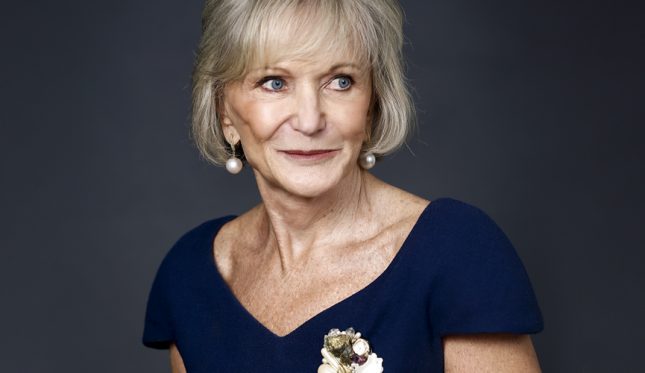THE USA STORY
Kay Koplovitz had her eye on satellites and their unique contribution to communications long before the technology was integrated into the cable television business.
She was captivated by Arthur C. Clarke and his passion for geosynchronous-orbiting satellites when she was a student at the University of Wisconsin in the late 60’s. Kay went on to write her master’s thesis on the impact programming delivered via satellite could have on governments, cultures and human rights around the world. So, it wasn’t surprising that she chose the cable television industry as the one that would introduce this technology. It was seven long years before her vision was realized.
September 30, 1975 - The night that changed the course of television history
On September 30, 1975, HBO and UA-Columbia Cablevision, along with ATC, transmitted the "Thrilla in Manila," the third matchup between Mohammed Ali and Joe Fraser, via satellite from the Philippines to cable systems in Vero Beach, Florida and Jackson, Mississippi.
It was that night that Kay's former boss at UA-Columbia, Bob Rosencrans, said her dream was about to come true. It was then that they decided to launch a cable television network delivered to systems via satellite. Joe Cohen, President of Madison Square Garden, had 125 events from The Garden available for license and the Madison Square Garden (MSG) national network was announced in 1976, launched in September 1977.
Introduced two revenue streams MODEL - licensing & advertising + DISRUPTIVE TECHNOLOGY
The most significant disruptive innovation made in the cable industry was the introduction of a new business model - licensing and advertising. The new model reversed the payment model created by the TV broadcast industry. Instead of the TV broadcast paying the cable systems to carry the programming, MSG (the forerunner to USA Networks) instituted a fee that the cable systems would pay to the TV broadcast network - as one revenue stream. The second revenue stream, advertising, created and set the stage for the advertising industry and other cable programmers to follow. With the launch, Kay became the first women president of a cable network in television history.
The all-sports network went on to negotiate the first licensing contracts with Major League Baseball (1979 with George Steinbrenner and Commissioner Kuhn), the National Basketball Association (David Stern), and the National Hockey League (John Ziegler and Joel Nixon). Within a few years, the all-sports network evolved into a nightly live professional and collegiate network with over 500 live sporting with events.
The network changed its name to USA Network in 1980 and began to program talk shows and children’s programming during the daytime hours. USA was bought by Time, Inc, Universal and Paramount in November 1981. The following years, USA achieved many more firsts for the industry, including initiating live coverage of prestige sporting events such as the early round coverage of The Augusta National Golf Tournament and the US Open Tennis Tournament in 1982.
SYNDICATION & Made for Television MoviES
During the mid 1980’s, Kay re-directed and expanded the network from a sports focus to a general entertainment network by convincing the television industry to license successful syndicated shows to USA Network. The most successful syndicated programming included Miami Vice, Murder She Wrote, MacGyver, The 25,000 Pyramid, talk shows, children’s programming, Black Entertainment and of course C-SPAN. In 1987, USA Network pioneered the Made for Television Movie series launching a slate of 24 original movies such as Moby Dick, starring Patrick Stewart, Silk Stalkings, La Femme Nikita, Farscape, and Highlander.
Competition with the TV Networks was beginning to heat up, and USA Network, along with other cable networks were beginning to take significant audience away from TV Broadcast.
A NEW Network
In 1992, USA launched The Sci -Fi Channel (now Syfy) to an initial 10 million homes, and in 1994, the company launched USA International, offering both USA and the Sci-fi Networks to 60 countries worldwide.
Under Kay’s stewardship of 21 years, USA became the leader in prime time viewership among cable networks, a distinction it held for the last 14 years of her leadership. Sci-fi had risen to be among the top 10 rated prime time networks. The combined networks have proven to be among the industries’ most valuable properties, having surpassed the value of broadcast networks by wide margins.









